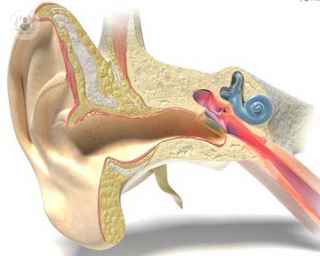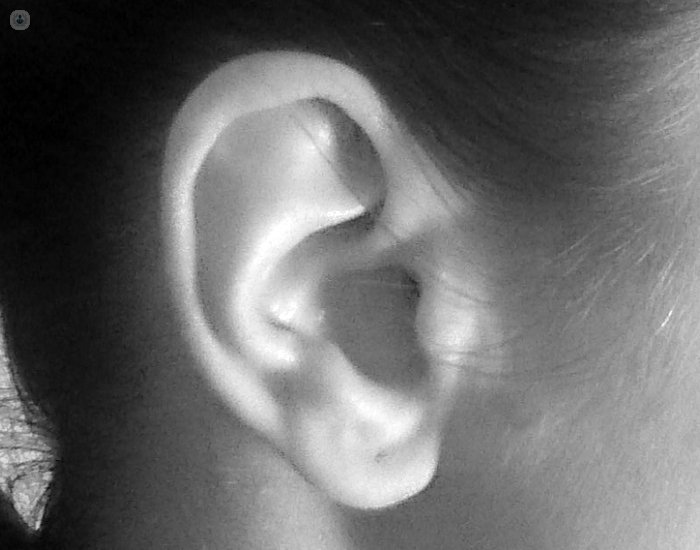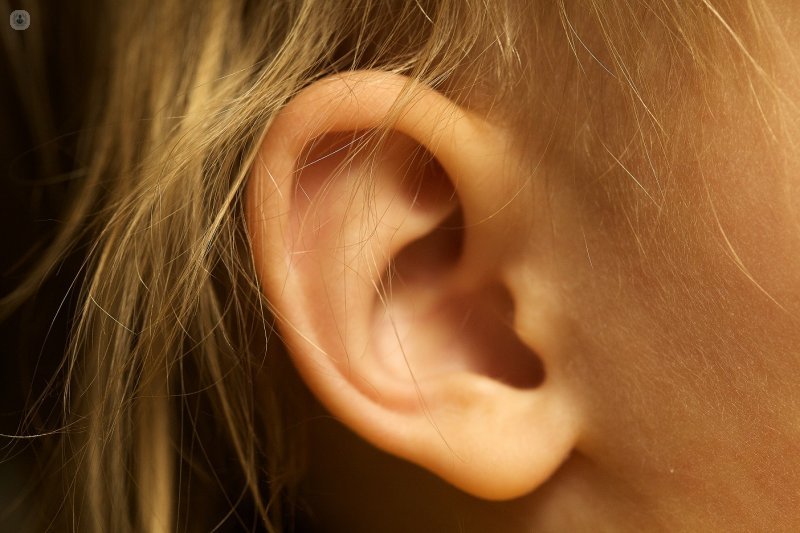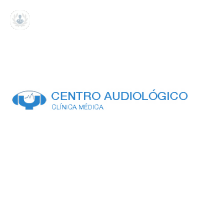Audiometry
Audiometry is a test to assess hearing in each ear in order to determine whether a person hears well. The human ear can hear sounds with frequencies between 20 and 20,000 hertz. The test is divided into tonal and verbal audiometry. Audiometry in the air and bone conduction, in both cases involves the exploration of both ears separately, with the patient inside a soundproof booth and sealed evaluated. In the air audiometry, the individual should be placed headphones and then, the specialist plays a series of sounds high to low volume until they are inaudible. The last perceived sound determines the hearing threshold, that is to say, to what intensity is able to hear the patient at a given frequency. The inspection of bone conduction, a vibrator behind the patient's ear in the mastoid, through which receives the sound is placed. Speech audiometry is also performed with the patient in a booth and headphones, but instead of words emit sounds at different volume, which must be repeated exactly. The test takes about twenty minutes and the results are shown in a graph (audiogram). Comparison of the data obtained in the air and bone scans can know which part of the hearing aid causes hearing impairment (deafness) and what is the extent of the loss.














